Bad Habits for Your Back

Sit Hunched
Do it too much, and it can flatten the natural curve of your spine and damage the cushioned disks between the bones. This can lead to early arthritis and other problems. Gently stretch and move your head and neck in all 4 directions every half hour. To ease any pain or spasm, try applying an ice pack or heating pad to the area. Be sure to cover the skin with a light towel or cloth first. See your doctor if the pain won’t go away.

Too Many “Treats”
Choosing the wrong foods too often can lead to inflammation and leave out nutrients you need to be strong. Your body needs lean protein, whole grains, fruits and veggies, and healthy fats like those from avocado and salmon to build strong muscles, bones, and soft tissue in your back. Be sure to get nutrients like calcium, phosphorus, and vitamin D, too.
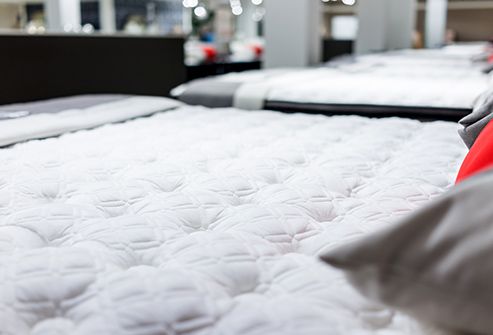
Sleep on the Wrong Mattress
It should be firm enough to support your back, but soft enough to fit the shape of your body. Your ideal mattress can depend on how you sleep and whether you already have back pain. Want to see if a firmer one might help? Put yours on the floor for a couple of nights without the bedsprings. Some stores let you return a mattress, even after several weeks, if it causes back pain or other problems.
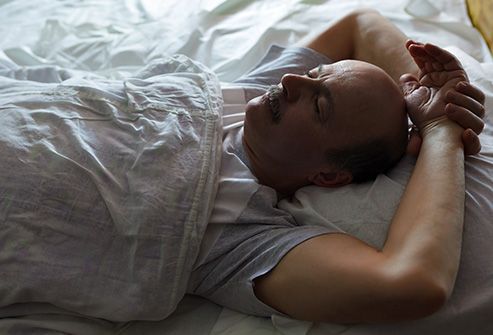
Sleep on Your Back …
For some people, this position can cause low back pain or make it worse. But it can be hard to change how you sleep, since it’s a habit you’ve probably had for a long time. It may help to put a rolled towel or pillow under your knees to keep the natural curve of your back. You also can try different pillow heights for your neck to find what’s comfortable.

… Or on Your Belly
It’s better not to do it, especially if you have a back problem. You’re more likely to toss and turn, which can strain both your neck and lower back. If you’re a belly sleeper and don’t want to switch positions, it can help to lay your head on a very soft pillow or none at all to keep your neck in the right position.
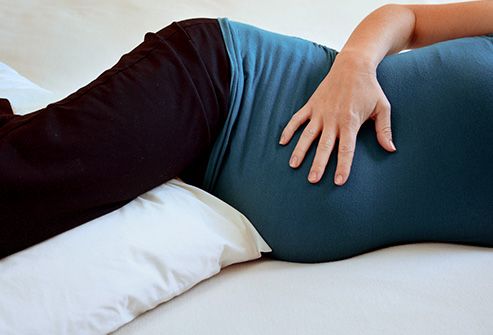
How Should You Sleep?
Side sleepers seem to have the most luck avoiding back pain. Slip a pillow between your legs to take pressure off your hips and lower back, and tuck your legs slightly toward your chest. This position can be especially comfortable for people who already have back pain and for pregnant women.
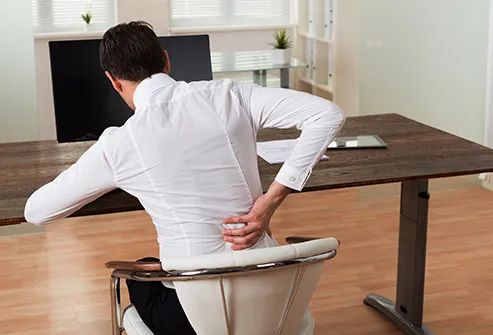
Sit Too Long
It stresses your back muscles, neck, and spine. Slouching makes it worse. Sit straight in a chair that supports your back, and set the height so your feet rest naturally on the floor. But no matter how comfortable you get, your back won’t like sitting for long stretches. Get up and move around for a couple of minutes every half hour to give your body a break.

Skip Exercise
You’re more likely to have back pain if you’re not active. Your spine needs support from strong stomach and back muscles. Lifting weights can help. So can everyday activities like climbing stairs and carrying groceries. Low-impact exercises like walking, biking, or swimming can help protect the disks between the bones in your spine. Make it a habit for most days. Don’t be a “weekend warrior” who overdoes it and gets injured.

Smoke
Do it, and you’re 3 times more likely to get lower back pain. It can curb blood flow, including to your spine. That can make the cushioning disks between your bones break down quicker. It also can weaken bones and give you osteoporosis, and it can slow healing. Even coughs from smoking can cause back pain. If you smoke, make quitting your top health priority and ask your doctor for help.

Overeat
Extra pounds can strain the bones and muscles in your back, especially if you gain weight quickly. Eat slowly so that your body has a chance to let you know it’s full. Pick nutrition-packed munchies and meals so you feel satisfied with fewer calories. So if you snack on cheese or chips, try eating some veggies and plain yogurt instead.

Overload Your Bag
Heavy weights can strain your back and tire out muscles that you need to support your spine. This can affect kids who lug many books. Your child’s backpack shouldn’t weigh more than 20% of their body weight. Large, padded, adjustable shoulder straps help spread the weight evenly. But only if you use both straps. Slinging your pack or heavy purse over only one shoulder can cause strain.
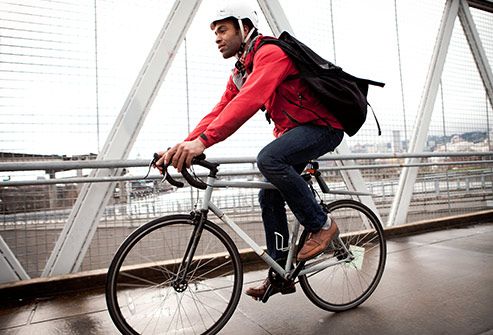
Ride the Wrong Bike
Or just a badly adjusted one. It’s bad for your back if you have to hunch over to grab your handlebars the way pro cyclists do. (They train hard to do it safely.) You also may have back pain if you’re too stretched out or cramped up on your bicycle. A physical therapist can help you find a bike that’s a good fit and suggest exercises to help if you have lower back pain.

Wear High Heels
You may overuse muscles in your lower back and harm your posture and your spine, especially as you age. If you wear them at the office, you might bring a pair of walking shoes for your commute. Regular foot and leg stretches, like rolling your foot on a tennis ball, can help prevent pain and strengthen muscles.
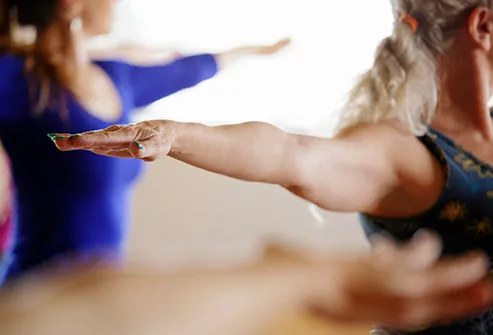
Should You Do Yoga?
Too much of any exercise -- including yoga -- can cause back pain. But in some cases, yoga can help relieve low back pain. There are lots of online resources and videos to help you get started. A yoga instructor can ensure that you use the proper form. Just 10-20 minutes a few times a week of this mind-body exercise might make you feel better. But don’t overdo it, and stop if it hurts.
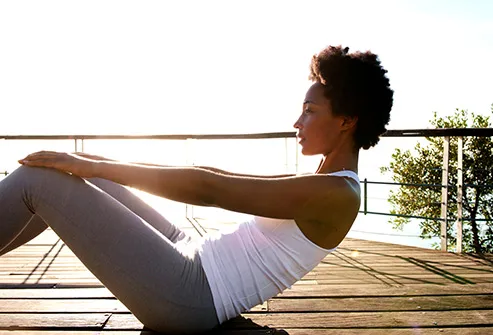
Do Situps Incorrectly
Never let them flatten the natural curve in your spine. You don’t want to let your hip flexor muscles, which connect your thighs and lower back, do the work. When those muscles are too strong or too tight, they pull the lower spine, which can cause pain. Front and side planks -- where you support your stiff body on your hands, elbows, and feet -- are easier on your back and build core strength better.
- Get link
- X
- Other Apps